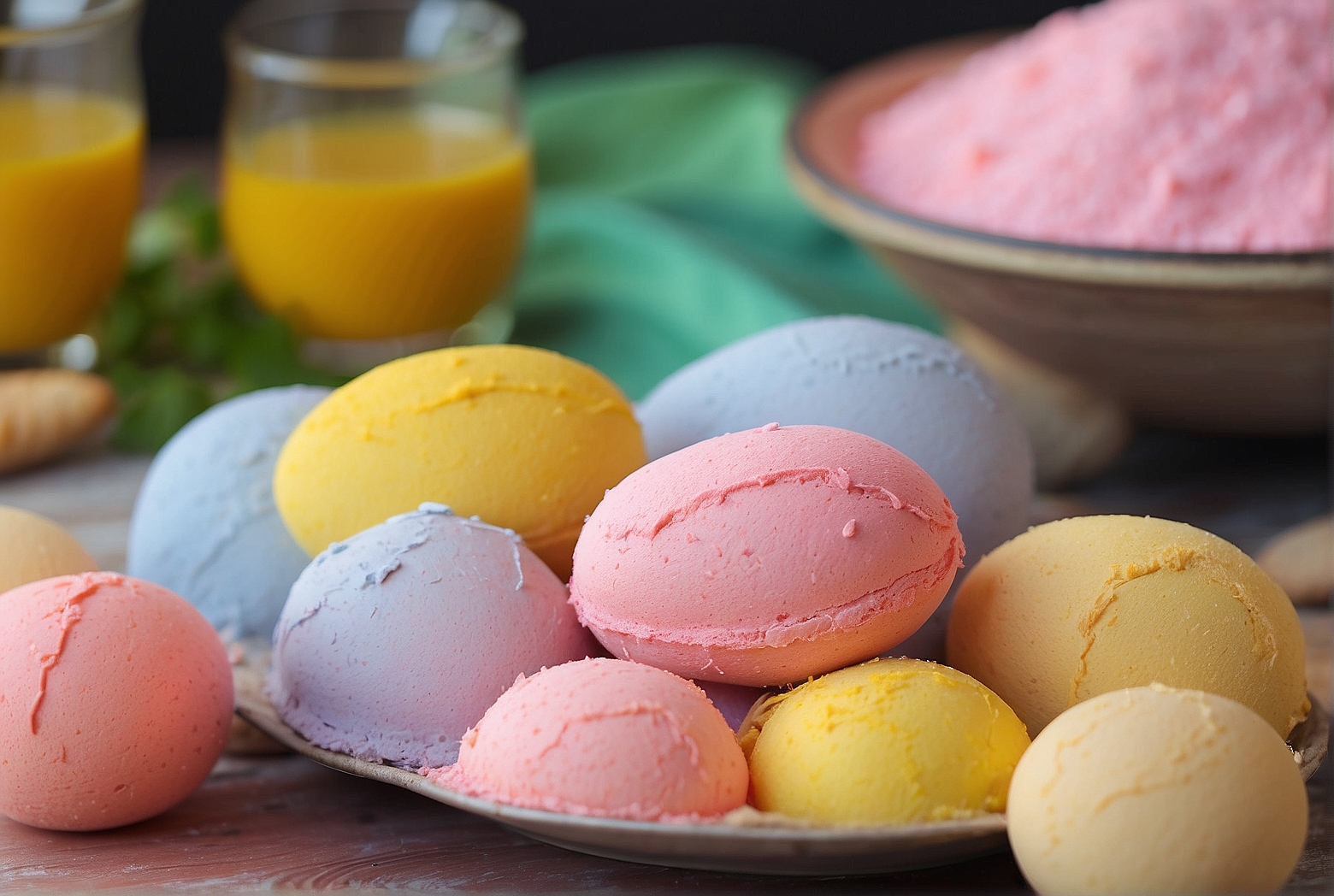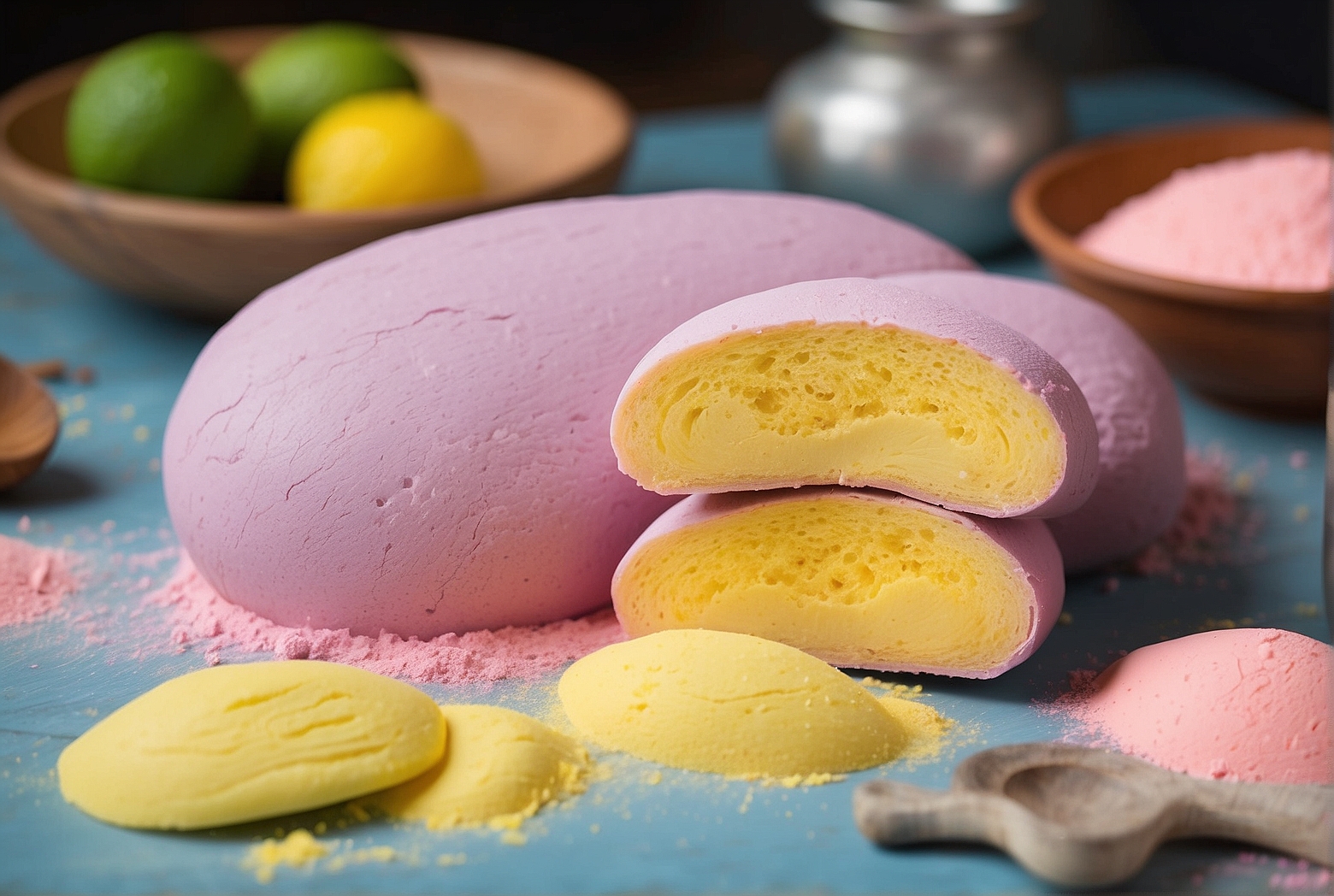If you’ve ever wanted to try your hand at making diverse and delicious Brazilian cuisine, look no further than the traditional Brazilian pastel. This delightful pastry is a staple street food in Brazil, known for its crispy exterior and mouth-watering fillings. With a simple yet versatile recipe, making your own pastel at home is an enticing adventure that will transport your taste buds to the lively streets of Brazil. Get ready to create an irresistible snack that combines the perfect balance of crunchy dough and flavorful fillings, all in the comfort of your own kitchen.
Ingredients
To make traditional Brazilian pastel, you will need the following ingredients:
Flour
Flour is the main ingredient for the dough in Brazilian pastels. It provides structure and texture to the pastry.
Water
Water is necessary to hydrate the dough and bind the ingredients together. Make sure to use room temperature water for optimal dough consistency.
Salt
A pinch of salt adds flavor to the dough and enhances the taste of the overall pastel.
Oil
Oil is used both in the dough and for frying the pastels. It helps to achieve a crispy texture and adds richness to the pastry.

Filling ingredients
The filling of Brazilian pastel is where the creativity comes in. You can choose from an array of options such as ground beef, cheese, chicken, shrimp, or vegetables. The choice is yours!
Preparing the Dough
Before you can start shaping the pastels, you need to prepare the dough. Here’s how:
Measure the ingredients
Begin by measuring the flour, salt, water, and oil. Accurate measurements are essential for a successful dough.
Combine the flour and salt
In a mixing bowl, combine the flour and salt until well-mixed. This ensures that the salt is evenly distributed throughout the dough.
Slowly add water and oil
While stirring the dry ingredients, slowly add the water and oil. Gradually incorporating these wet ingredients allows for better control over the dough’s consistency.
Knead the dough
Transfer the dough onto a lightly floured surface and start kneading. Fold the dough over itself, pushing down and away with the heel of your hand. Knead for about 5-7 minutes until the dough becomes smooth and elastic.

Dividing and Shaping the Dough
Once the dough is ready, it’s time to divide and shape it into the desired size and shape for your pastels.
Create small dough balls
Tear off small portions of the dough and roll them into individual balls. The size of the balls will depend on how big you want your pastels to be.
Roll out each dough ball
With a rolling pin, roll out each dough ball into a thin, circular shape. Aim for a thickness of about 1/8 inch.
Shape the dough into circles
Using a round cookie cutter or a small plate as a guide, cut out circles from the rolled-out dough. Remove any excess dough and set aside for later use.
Preparing the Filling
The filling is what gives the pastel its flavor and character. Here’s how to prepare it:
Choose your preferred filling
Decide on the type of filling you want to use. Whether it’s ground beef, cheese, or a vegetable medley, make sure to have all the necessary ingredients ready.
Cook and season the filling ingredients
Cook your chosen filling ingredients according to your preferred recipe. Season them with herbs, spices, or any other flavors that complement the filling.
Allow the filling to cool
After cooking, let the filling cool completely. This step is essential to prevent the heat from causing the dough to become soggy.
Filling and Folding the Pastel
Now that both the dough and filling are prepared, it’s time to fill and fold the pastels.
Place the filling onto the dough circle
Spoon a generous amount of the cooled filling onto the center of each dough circle. Be careful not to overfill, as it may cause the pastel to burst during frying.
Fold the dough over the filling
Gently fold the dough over the filling to create a half-moon shape. Press down lightly to seal the edges together.
Seal the edges of the pastel
To ensure that the filling stays inside during frying, firmly press the edges of the pastel together. You can use the tines of a fork or crimp the edges with your fingers.
Cooking the Pastel
Now comes the exciting part – cooking the pastels to perfection!
Heat oil in a deep skillet
Pour enough oil into a deep skillet to submerge the pastels. Heat the oil to approximately 350°F (175°C). Maintaining the right temperature is crucial for achieving a crispy and evenly cooked pastel.
Carefully place the pastels in the oil
Gently lower the pastels into the hot oil using tongs or a slotted spoon. Be cautious to avoid any oil splatters.
Fry until golden brown on each side
Allow the pastels to fry until they turn a beautiful golden brown color. Flip them over once to ensure even frying.
Serving and Enjoying
It’s time to savor your homemade Brazilian pastels!
Allow the pastels to cool slightly
After frying, transfer the cooked pastels to a paper towel-lined plate. Let them cool for a few minutes before serving.
Serve the pastels with dipping sauce
Brazilian pastels are traditionally enjoyed with a variety of dipping sauces. Popular options include tomato-based salsa, spicy mayonnaise, or chimichurri.
Enjoy your homemade Brazilian pastels
Now that you have prepared and cooked your pastels, it’s time to sit back, relax, and indulge in the delightful flavors of this Brazilian delicacy.
Tips and Variations
Here are some tips and variations to enhance your pastel-making experience:
Experiment with different fillings
While traditional Brazilian fillings are delicious, don’t hesitate to unleash your creativity and try out new combinations. From seafood to vegan options, the possibilities are endless.
Use a pasta machine to roll out the dough
If you have a pasta machine, consider using it to roll out the dough for a consistent thickness. This can yield perfectly even pastels.
Try baking the pastels instead of frying
For a healthier alternative, you can bake the pastels in a preheated oven at 375°F (190°C) for approximately 20 minutes or until golden brown.
Authentic Brazilian Pastel
To truly immerse yourself in the world of Brazilian pastels, it’s worth learning from the experts.
Learn from Brazilian cooks and chefs
Seek out recipes and cooking demonstrations from Brazilian cooks and chefs to get a deeper understanding of the traditional techniques and flavors.
Study traditional regional variations
Brazil is a vast country with diverse regional cuisines. Explore the different regional variations of pastels and appreciate the unique flavors and fillings from each area.
Appreciate the cultural significance of pastels
As you venture into making traditional Brazilian pastels, take a moment to appreciate the cultural significance of this beloved street food. Pastels are deeply rooted in Brazilian culinary heritage and are commonly enjoyed as a snack or meal throughout the country.
Final Thoughts
Making traditional Brazilian pastel requires practice, but the effort is undoubtedly rewarding.
Enjoy the process and share your creations
Don’t be discouraged if your first batch doesn’t turn out perfect. Embrace the learning process, have fun experimenting with flavors, and share your creations with friends and family.
Experience the joy of enjoying a homemade Brazilian delicacy
As you bite into a warm, crispy pastel filled with your favorite ingredients, take a moment to savor the unique flavors and cultural experience within each mouthful. Making and enjoying homemade Brazilian pastels is an opportunity to connect with the vibrant food culture of Brazil right in your own kitchen. So go ahead, dive in, and savor every delicious bite!
